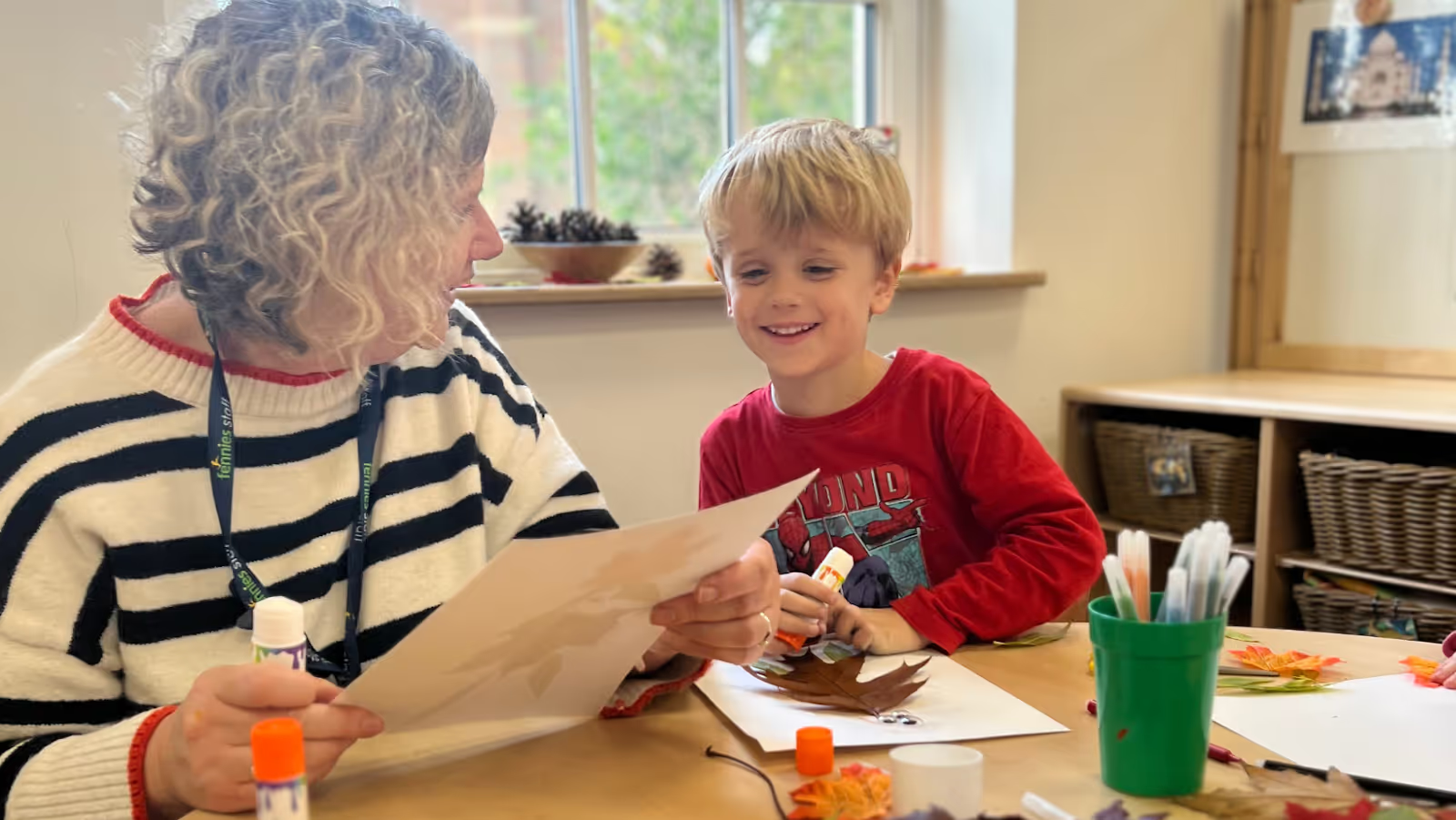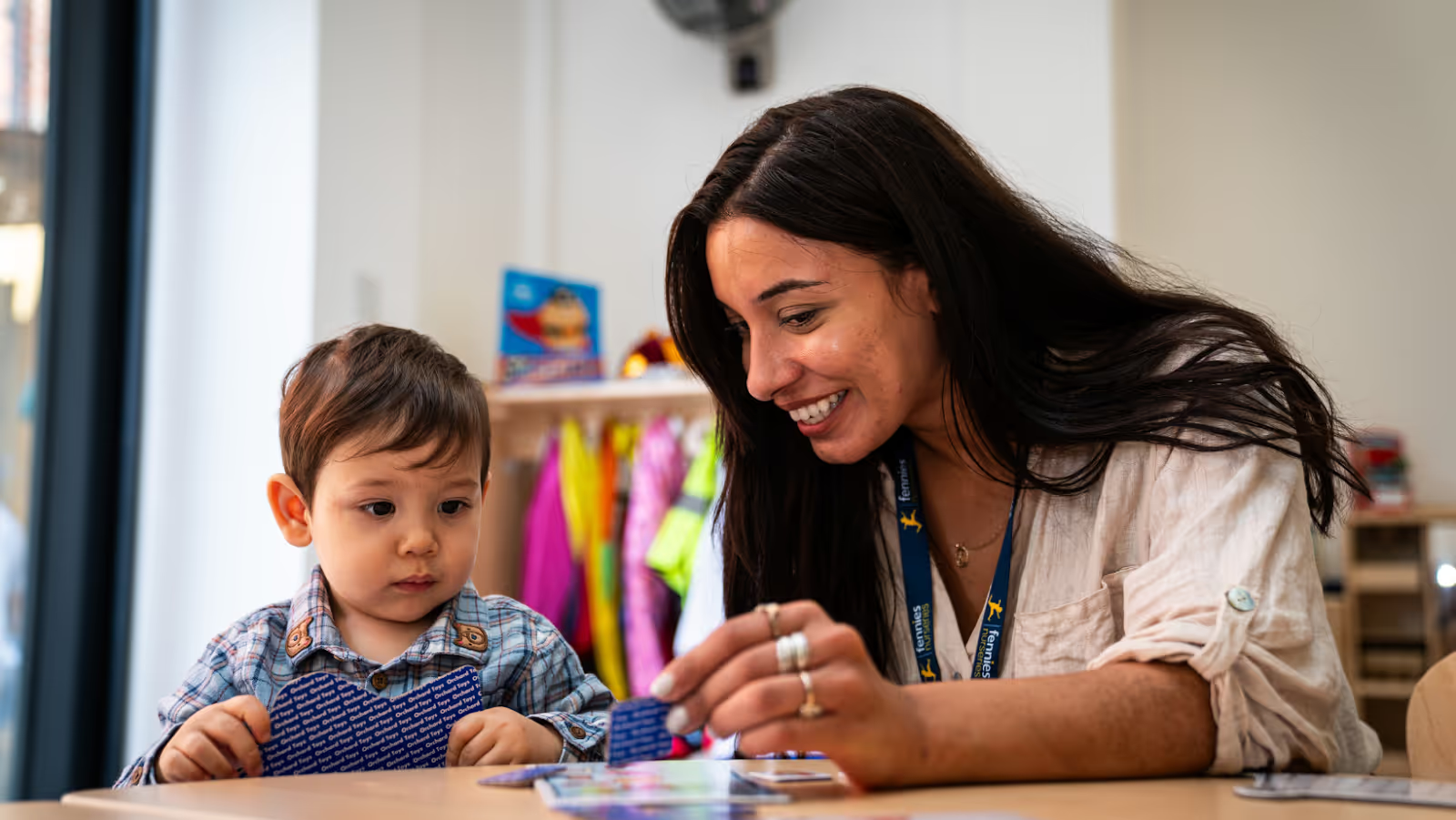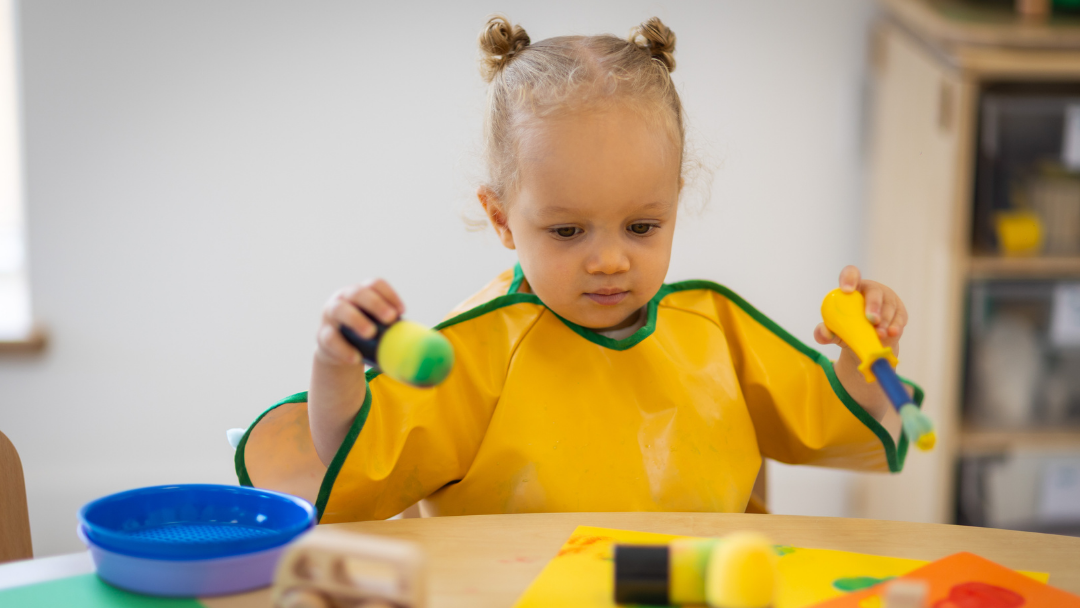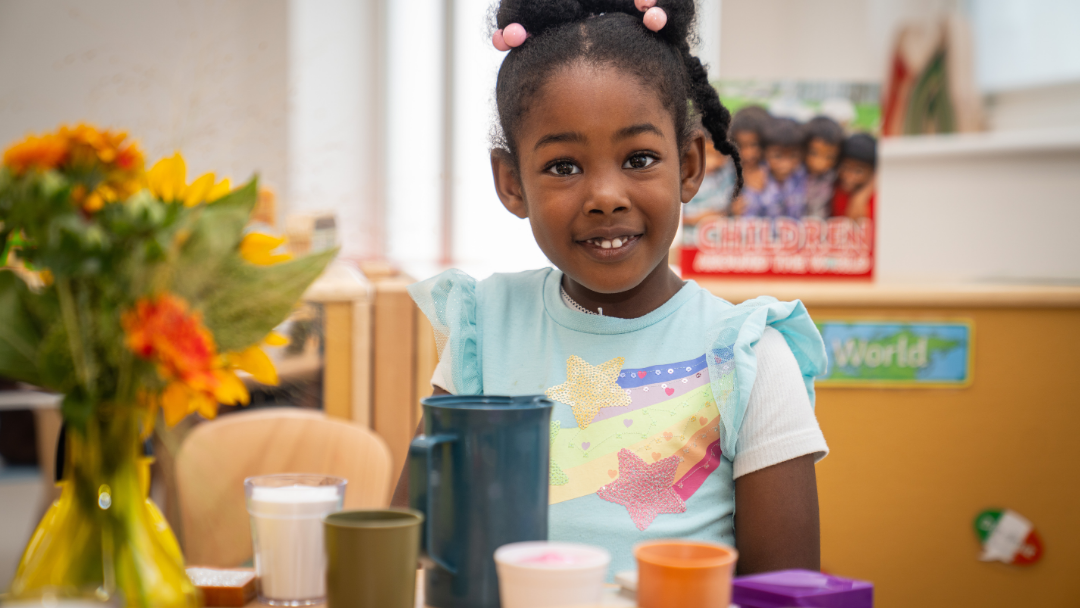Nursery Rhyme Activities for Preschoolers: Creative Ideas for Fun Learning
Nursery rhymes have long been a cherished part of early childhood education. Their rhythmic and melodic nature captivates young children while promoting essential developmental skills. This blog explores creative activities using nursery rhymes to enhance preschoolers' learning experiences.
- Understanding the Importance of Nursery Rhymes in Early Learning
- Incorporating Nursery Rhymes into Daily Activities
- Creative Nursery Rhyme Activities for Active Learning
- Using Nursery Rhymes to Teach Basic Concepts
- Tips for Keeping Nursery Rhyme Activities Engaging
- Making Nursery Rhymes Fun
Understanding the Importance of Nursery Rhymes in Early Learning
Nursery rhymes serve not just as entertainment, but as crucial tools in the development of various skills in preschoolers. They foster an early love for language and literature, making learning both enjoyable and effective.
The Role of Rhymes in Language Development
From an early age, children are exposed to sounds, words, and patterns through nursery rhymes. This exposure is fundamental for developing vocabulary and pronunciation. As preschoolers recall and recite these rhymes, they practise language skills, which boosts both their confidence and communicative abilities.
Furthermore, the repetitive nature of nursery rhymes helps children internalise language patterns. This repetition allows them to predict what comes next, enhancing their listening and comprehension skills. Additionally, the rhythmic and melodic qualities of nursery rhymes make them easier to remember, which can lead to a greater retention of language concepts. Singing or chanting these rhymes not only makes the experience more enjoyable but also helps in developing auditory discrimination, a vital skill for effective communication.
There is research showing a strong relation between early knowledge of nursery rhymes and success in reading and spelling over the next three years.
Cognitive Benefits of Nursery Rhymes
Nursery rhymes stimulate cognitive development as they introduce children to concepts such as numbers, colours, and even emotions. For instance, counting rhymes can foster numerical understanding through fun and engaging contexts. The use of vivid imagery and storytelling in many nursery rhymes also sparks curiosity and encourages children to ask questions, further enhancing their cognitive engagement.
Engaging with nursery rhymes also encourages critical thinking. As children learn to predict rhymes or create their own, they exercise their creativity and imagination. Moreover, many nursery rhymes incorporate moral lessons or social themes, prompting discussions about values and relationships. This narrative aspect not only enriches their vocabulary but also helps them understand the world around them, laying the groundwork for empathy and social awareness. Through these playful interactions, children learn to navigate complex ideas in a way that is accessible and meaningful to them.

Incorporating Nursery Rhymes into Daily Activities
Integrating nursery rhymes into everyday routines can significantly enhance a child's learning experience. This approach not only makes learning more accessible but also introduces a sense of joy and familiarity.
Making Rhyme Time a Routine
Establishing a regular "Rhyme Time" can create a comforting rhythm in a child's day. This could be as simple as reciting rhymes during meals or before bed. By associating specific times with nursery rhymes, children are more likely to engage and participate.
Incorporating hand movements or simple actions associated with the rhymes can further enrich this experience, aiding kinesthetic learners in connecting physical activities with language learning. For instance, while reciting "Itsy Bitsy Spider," children can mimic the spider climbing up the water spout, reinforcing their understanding through movement. This not only enhances memory retention but also fosters a deeper connection between the child and the content, making learning a more holistic experience.
Integrating Rhymes into Playtime
Playtime presents a fantastic opportunity for incorporating nursery rhymes. You can encourage children to act out various nursery rhymes, using props or toys to bring stories to life. This allows for an immersive learning experience that combines imagination with language skills.
Moreover, playing games that involve nursery rhymes, such as musical chairs to the tune of a rhyme, can make learning fun while promoting active participation. You might also consider creating a scavenger hunt where children find items that relate to specific rhymes, like a small cow for "Hey Diddle Diddle." This not only reinforces their understanding of the rhymes but also encourages critical thinking and problem-solving skills as they search for clues and make connections between the items and the verses. Engaging children in such dynamic activities can transform the way they perceive learning, making it an exciting adventure rather than a chore.

Creative Nursery Rhyme Activities for Active Learning
Creative activities based on nursery rhymes can captivate children's attention and enhance their understanding of different concepts through play.
Interactive Rhyme Games
Interactive games can be a wonderful way for preschoolers to engage with nursery rhymes. For example, “Rhyme Bingo” can be a thrilling way for children to recognise rhyming words while listening to a familiar tune.
Consider also incorporating technology, such as rhythm apps or interactive storytelling platforms that allow children to explore rhymes in diverse formats.
Rhyme-Based Art Projects
Combining nursery rhymes with art projects engages children’s creativity and reinforces learning. For instance, after reciting “The Itsy Bitsy Spider,” children could create spider crafts using various materials. They can then retell the rhyme as they display their creations.
These hands-on activities not only help reinforce the rhyme's themes but also allow children to express their understanding artistically.

Using Nursery Rhymes to Teach Basic Concepts
Nursery rhymes naturally lend themselves to teaching fundamental concepts. They are an effective method for making abstract ideas tangible.
Rhymes for Counting and Number Recognition
Rhymes like “One, Two, Buckle My Shoe” can be excellent tools for laying the groundwork for counting and number recognition. Engaging children in counting with their fingers or using small objects can reinforce these concepts.
Creating counting games based on these rhymes can also make the learning experience lively and interactive.
Rhymes for Colour and Shape Identification
Nursery rhymes can introduce children to colours and shapes in an exciting and relatable way. This can be achieved by using brightly coloured illustrations or physical objects that correspond with the rhymes.
For instance, singing about “Red, Red Robins” can lead to a fun scavenger hunt where children search for red objects around the room or outdoors.

Tips for Keeping Nursery Rhyme Activities Engaging
It’s vital to keep nursery rhyme activities fresh and engaging, ensuring that children remain excited about what they are learning.
Varying Your Rhyme Selection
Regularly introducing new nursery rhymes can help maintain interest. While classic rhymes have their place, exploring diverse variations or even modern takes can expand children’s horizons.
This variation will expose children to different rhythms, patterns, and meanings, helping them stay engaged while they learn.
Adapting Rhymes for Different Learning Styles
Recognising that children have different learning styles can enhance their engagement with nursery rhymes. For visual learners, incorporating visuals, such as flashcards, can aid memory retention.
Auditory learners may benefit from different versions or tunes of the same rhyme, while kinesthetic learners will thrive in scenarios that allow them to act out or create based on the rhymes.

Making Nursery Rhymes Fun
In summary, nursery rhymes are invaluable resources for preschoolers. Through creative activities such as games, art, and regular routines, caregivers can foster an enriching learning environment that celebrates both language and fun.
oc
FAQ
Subscribe to our newsletter
Stay up to date with Fennies news





.png)




.png)